
Start up
Passion. Potential. Pitches. Don't miss any of the 2025 New Venture Challenge excitement.
Tune in Friday, April 11 at 1 p.m. for great ideas and fierce competition. Then, join the judges, mentors, spectators and teams as they see who is going home with thousands of dollars in venture financing. The awards broadcast begins at 6:30 p.m. and one team will walk away as the overall best venture.
Central Michigan University’s College of Business Administration is the home of the Isabella Bank Institute for Entrepreneurship and the first Department of Entrepreneurship in the state of Michigan. We are a student-centric hub where experiential, curricular, and external entrepreneurial opportunities intersect.
Our mission is to maximize student success by fostering a campus-wide entrepreneurial mindset that promotes inter-disciplinary collaboration and the creation of new ventures.
We aim to create innovative programming, boost cross-campus and ecosystem collaboration and provide a comprehensive mentoring program.
Our institute provides extracurricular opportunities and is open to all undergraduate and graduate CMU students.
Are you interested in becoming an entrepreneur?
Every journey is unique. Explore the opportunities that interest you.
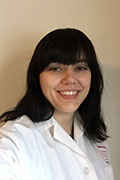
Viruses often are bad news. But a Central Michigan University team of students and faculty is advancing evidence that, for stroke patients, a certain virus inserted into the brain can be a good thing.
Sarah Peruzzaro, who this year received her doctorate in neuroscience from CMU, found that rodents with stroke brain damage were better able to do tasks after receiving a virus that carries a gene called Sox2.
A stroke kills neurons in the brain. Glial cells come into the area to try to make repairs and form a "scab" to keep the damaged area from expanding, but the scab also prevents potential healing in that area.
The idea behind Peruzzaro's research is that the Sox2 gene would reprogram glial cells into neurons, enter the damaged area and replace dead neurons inside. Her work was funded by the Field Neurosciences Institute.
Even if the altered glial cells can't get into the damaged area, the hope is that just by increasing the total number of surviving neurons some brain functions will improve.
"The expected outcomes are super exciting." — faculty member Julien Rossignol
Now Peruzzaro's mentors — Julien Rossignol, associate professor of neuroscience in the College of Medicine and project leader; and Gary Dunbar, director of the neuroscience program — are expanding her work through a grant they received from the American Heart Association.
Dunbar, who also is director of the Brain Research and Integrative Neuroscience Center at CMU, said the approach has a lot of potential.
Rossignol and Dunbar are joined in the work by chemistry and biochemistry faculty members Ajit Sharma and Douglas Swanson, neuroscience graduate research assistant Bhairavi Srinageshwar, and chemistry undergraduates Brittany Clark and Allison Hietpasand.
They will be using man-made dendrimer molecules instead of a virus to deliver the Sox2 gene. Dendrimers can carry DNA or drugs and they have anti-inflammatory properties, allowing them to deliver therapeutic molecules and reduce the formation of the "scab," which prevents regrowth in the area of the stroke.
Rossignol said another advantage of using dendrimers is that they can be injected into the bloodstream instead of directly into the brain. And they don't alter cell DNA as viruses do.
The team's techniques also may be better than using man-made stem cells — another approach to stroke recovery — because glial cells already are part of the brain and won't provoke an immune response.
With reprogrammed glial cells, researchers see about a 20 percent improvement, Dunbar said. Stem cells, which are created outside the body, produce only about a 5 percent improvement.
"The expected outcomes are super exciting," Rossignol said.
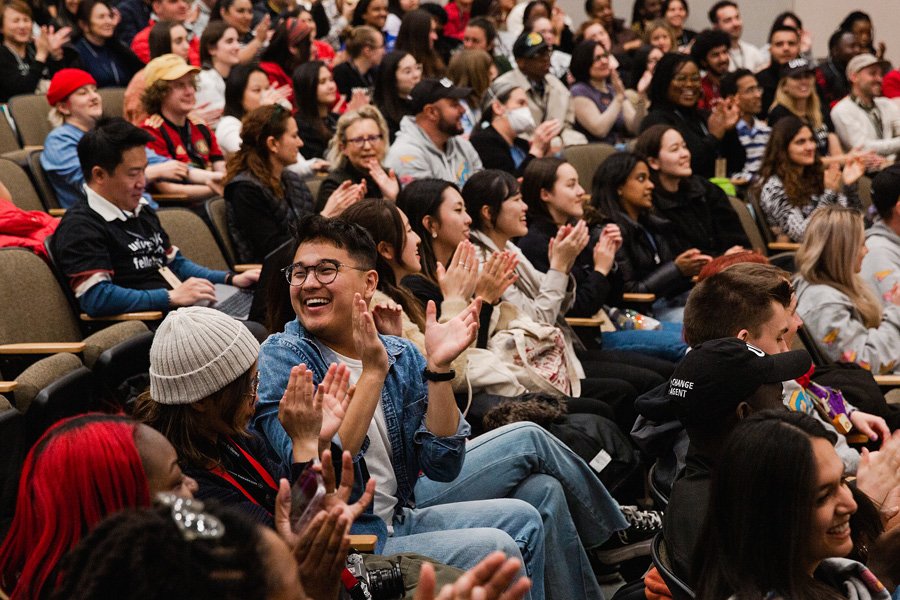
Explore special opportunities to learn new skills and travel the world.
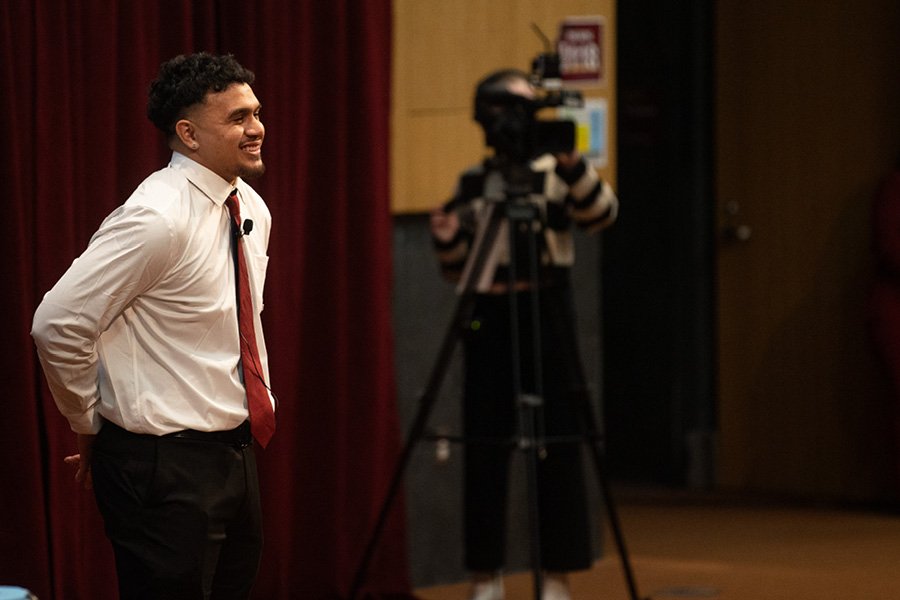
Present your venture and win BIG at the New Venture Challenge.
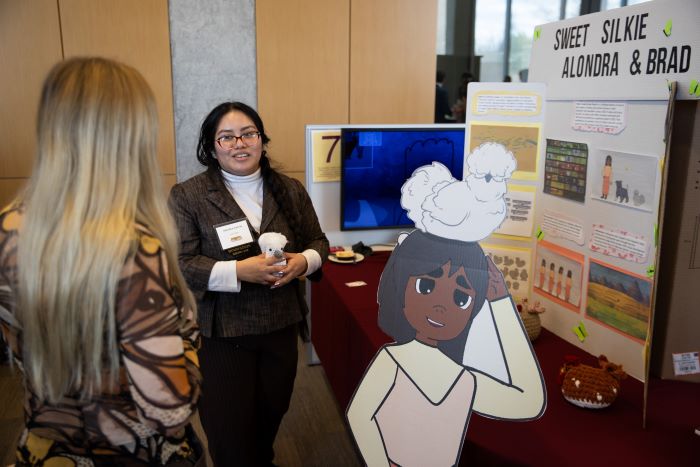
Boost your entrepreneurial skills through our workshops, mentor meetups and pitch competitions.

Learn about the entrepreneurship makerspace on campus in Grawn Hall.

Present a 2-minute pitch at the Make-A-Pitch Competition and you could win prizes and bragging rights!
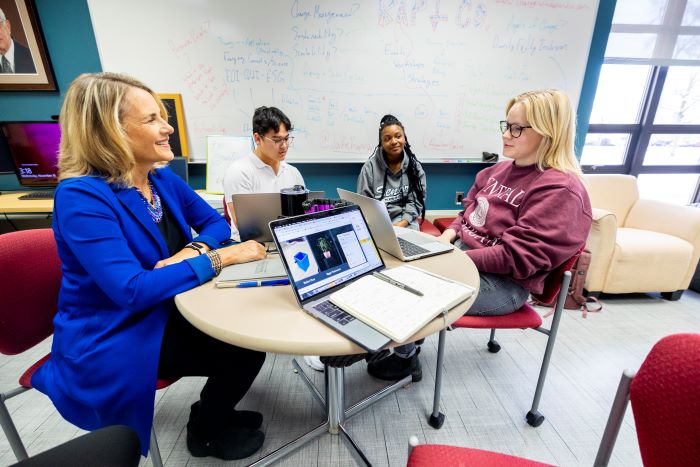
Connect with mentors and faculty who are here to support the next generation of CMU entrepreneurs.
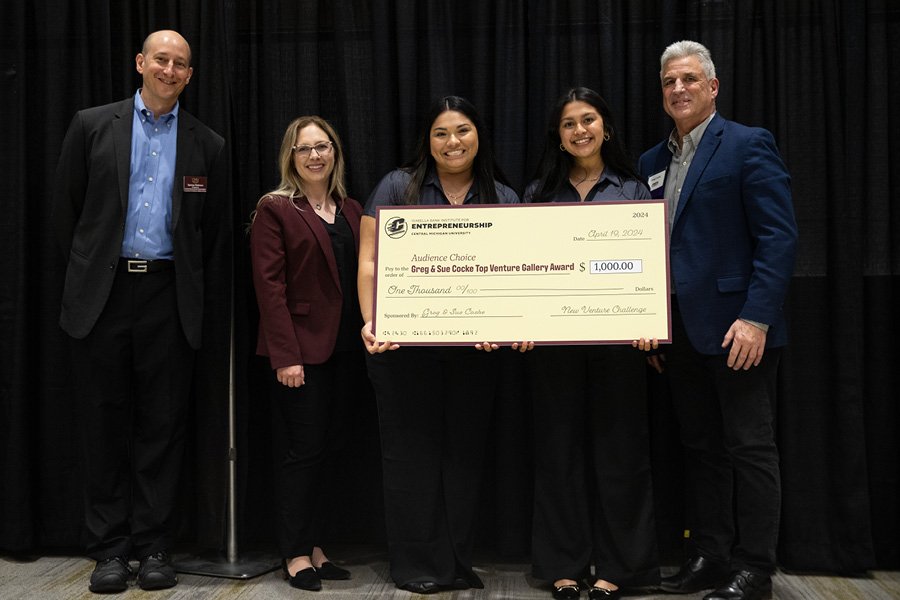
Are you a CMU alum looking to support CMU student entrepreneurs? Learn how you can support or donate to the Entrepreneurship Institute.